
Back Pain Osteopath Surrey
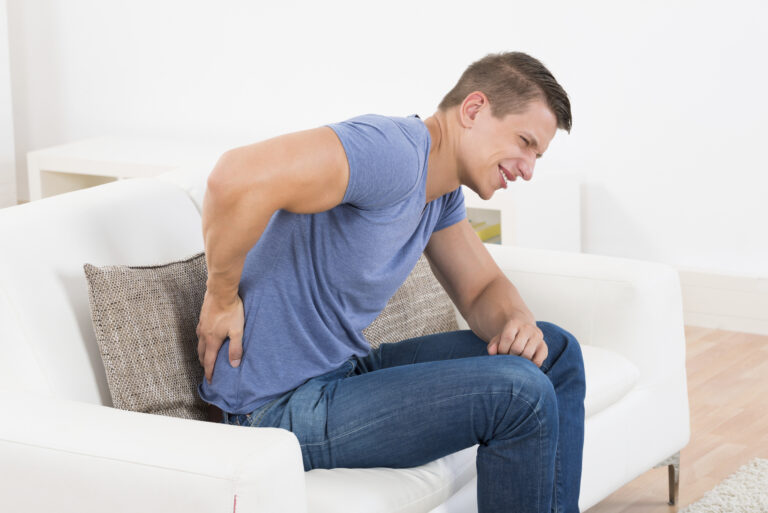
The back, with its spine of 26 vertebrae (not including the neck) and 12 pairs of attached ribs along with the muscles and ligaments, help to protect the contents of our chest, abdomen and spinal cord while allowing a wide variety of movement.
Back pain can occur at any age, whether growing pains as a child through degenerative changes and lack of muscle use as we get older or from an injury, trauma or illness.
When pain first occurs, it is termed acute pain, which could, for example, be from an injury such as a fall, a car accident, or even lifting something heavy or awkwardly. It can also be caused by many small, repeated injuries over time, such as lifting incorrectly. This acute pain is often sharper or stabbing.
If the pain persists or builds up over time, it can be termed chronic pain. This is often a more achy or dull pain.
Types of acute back pain that osteopaths treat people with:
- Facet joint pain
- Disc herniation (slipped disc)
- Rib dislocation
- Pulled/strained muscle
- Sacroiliac pain
Types of chronic systemic back pain that osteopaths treat people with:
- Arthritis
- Spinal stenosis
- Ankylosing spondylitis
Further information for the presented types can be found below.
These are joints that are located on either side at the back of each vertebra in the spine. They are often damaged when the back is bent backwards in one area. It is a common injury and, while painful, can usually be resolved relatively quickly.
The pain will be worse on bending forward and backwards and often more towards the injured side. It is often more painful with moving from sitting to standing. Sometimes the pain will radiate away from the injury site so that it feels the damage is over a larger area than it is.
Facet joint pain is a very common presentation to Osteopaths who can successfully help you recover faster than if you just rest.
This can either be caused by degenerative changes at the joint with gradual degradation of the disc or through a sudden or often repeated movement like lifting or bending, often with a rotational component. The pain will be local with muscle spasm and restricted movement, and if a nerve root or the spinal cord is affected, then the pain will radiate to another part of the body.
If there is pain down the back of the leg, it is called sciatica. The pain usually is worse on bending forward, to one side and while sitting or lifting.
This can take a while to improve and other factors that influence recovery time include the amount of damage, age, nutrition, and the ability to perform rehabilitation exercises.
Our back is very resilient considering the lifting and carrying and movement that we undertake, so it is not surprising that we pull the odd muscle or two during our life, especially as we become more sedentary.
Typical causes are lifting, gardening, DIY, gym, and sporting injuries. Symptoms will include pain (worse when the damaged muscle engages to move you or when it is being stretched), stiffness and lack of movement. If the injury is quite severe, then radiating pain can be present.
Dependent on the severity of the injury, recovery will take between 1-2 days to 3 months, which can be improved with osteopathic treatment, including a personalised recovery program.
Rib dislocation predominantly occurs during rotational movements. Pain in the back that can radiate around the rib towards the side and front is common and will be made worse on movement and deep breaths, and coughing.
Your osteopath will typically be able to help resolve the situation within 1-3 treatments.
This pain emanates from the lowest part of the back and can radiate into the gluteal (bottom) muscles. It can occur from a twisting movement after sleeping funnily or sitting awkwardly for a long time, during pregnancy or after childbirth. Classic factors that aggravate the pain are crossing legs, getting into or out of a car, or turning in bed.
Your Osteopath will help relax any muscle imbalance and ensure that your back and hips are moving correctly and are aligned in a neutral position.
Osteoarthritis is normally a slow degenerative disease of the bones and joints. It mainly affects the weight-bearing joints such as the knees, hips and back, after years of wear and random repair has occurred (although this can happen from a young age). Increased immobility and muscle wastage will tend to quicken the disease process.
Classic signs include decreased availability of movement with the stiffness of the back on waking and after sitting for long periods, which can lead to pain. If it progresses further, it can lead to sciatic type pain and spinal stenosis.
Your Osteopath can help by releasing tight muscles and restricted joints and encouraging exercise and movement, coupled with eating a healthy diet.
Rib dislocation predominantly occurs during rotational movements. Pain in the back that can radiate around the rib towards the side and front is common and will be made worse on movement and deep breaths, and coughing.
Your osteopath will typically be able to help resolve the situation within 1-3 treatments.
This is where there is an intrusion into the spinal foramen (the area that the spinal cord sits in that travels the length of the spine). The intrusion is from bony growth, disc bulges, severe inflammation, fracture, or tumour. Besides local pain and reduced movement, there can be pain and paraesthesia (numbness, weakness, or tingling) into the legs.
When mild, this can often be relieved by bending forward, while bending backwards makes it worse. Should you find that you have a numb bum and groin and/or the inability to pee while not being able to control your bowels, you should visit A&E as this could be “cauda equina syndrome”, which is a medical emergency.
Your osteopath will assess you to ensure that it is nothing more serious that would require a referral on. If that is the case, it can help encourage the movement of the spine and relax muscles, coupled with a rehabilitation program.
A degenerative disease that starts to affect those in young adulthood with pain and stiffness in the lower back. The symptoms can then progress up the back to the neck and shoulders.
The pain and stiffness in the lower back is normally experienced more in the morning and is often worse if they are dehydrated.
Your osteopath will help loosen the area by working on the spinal joints, hips and surrounding muscles, advising on lifestyle choices, and prescribing an exercise regime.
*The information above is for general reading and should not be used to self-diagnose as often symptoms can overlap, and pain and stiffness can mask or highlight other symptoms.
At Arc osteopathy, your first appointment will be to establish the cause of your pain and stiffness through a consultation and examination. We then provide a treatment and rehab program for you.
Below you’ll find videos of stretches for your lower and upper back. Our patients are given access to our patient video library with specific exercises videos to aid their recovery.
Ready to Be Pain-Free?
Want to recover in as little time as possible, and to be as pain-free for as long as possible?
Book your appointment now!
Ask Our Experts
Don’t live in pain; contact us today!
Living in constant physical anguish can limit your experience of life. Osteopathy is a great solution to prevent that from happening. Our Osteopaths look forward to helping you live your best life pain-free. Visit us at our Osteopathy clinics in Croydon and Carshalton Beeches.
Patient testimonials
Alan and the team are wonderful. Have been a patient here for 2 years and followed them through both sites. The place is clean, am treated with a smile and care and always come out happy and feeling a few years younger. I would have no reservation recommending Arc Osteopathy for anyone looking for an Osteopath in Croydon.
Naz H
Alan is a very friendly, professional & knowledgeable osteopath. In my case, my neck was feeling much better after the first (same day) appointment and back to normal after a second appointment a week later. Alan also provided video exercises to improve my condition. I will highly recommend the services of Arc Osteopathy! Thank you, Alan!
Elena T
Early last year I was having terrible pain in one of my knees and could barely walk. Over a number of months Alan treated me and showed me what exercises to do and what to avoid. I am now signed off from treatment and enjoying doing everything I did before and more. Thanks to Alan.
Lorraine G
I met Alan in 2013 when I had bruises my ribs. Thanks to him, I was able to climb to the top of Mount Kinabalu in South East Asia two months later. Since then, I swear by him. I cannot recommend him enough. I drive an hour each way to see him for a 30 min session. He is the best osteopath in London.
Shamsah L
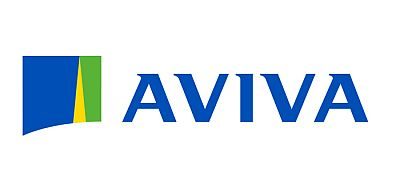

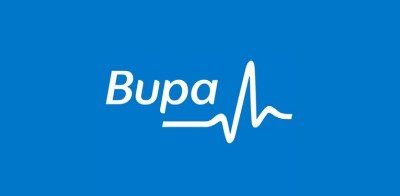

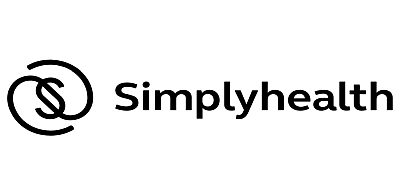

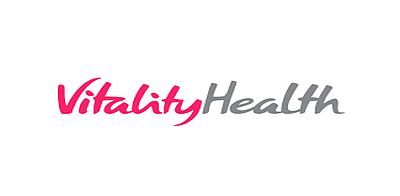
Carshalton Osteopathy Opening Times
Monday
Tuesday
Wednesday
Thursday
Friday
Saturday
Sunday
9.00 am – 2.00 pm
9.00 am – 7.30 pm
2.30 am – 8.00 pm
9.00 am – 2.00 pm
9.00 am – 6.00 pm
Closed
Closed
Monday 9.00 am – 2.00 pm
Tuesday 9.00 am – 7.30 pm
Wednesday 2.30 pm – 8.00 pm
Thursday 9.00 am – 2.00 pm
Friday 9.00 am – 6.00 pm
Saturday Closed
Sunday Closed
Croydon Osteopathy Opening Times
Monday
Tuesday
Wednesday
Thursday
Friday
Saturday
Sunday
10.00 am – 8.00 pm
11.00 am – 8.00 pm
9.00 am – 2.00 pm
9.00 am – 8.00 pm
11.00 am – 5.00 pm
9.00 am – 5.30 pm
Closed
Monday 10.00 am – 8.00 pm
Tuesday 11.00 am – 8.00 pm
Wednesday 9.00 am – 2.00 pm
Thursday 9.00 am – 8.00 pm
Friday 11.00 am – 5.00 pm
Saturday 9.00 am – 5.30 pm
Sunday Closed
